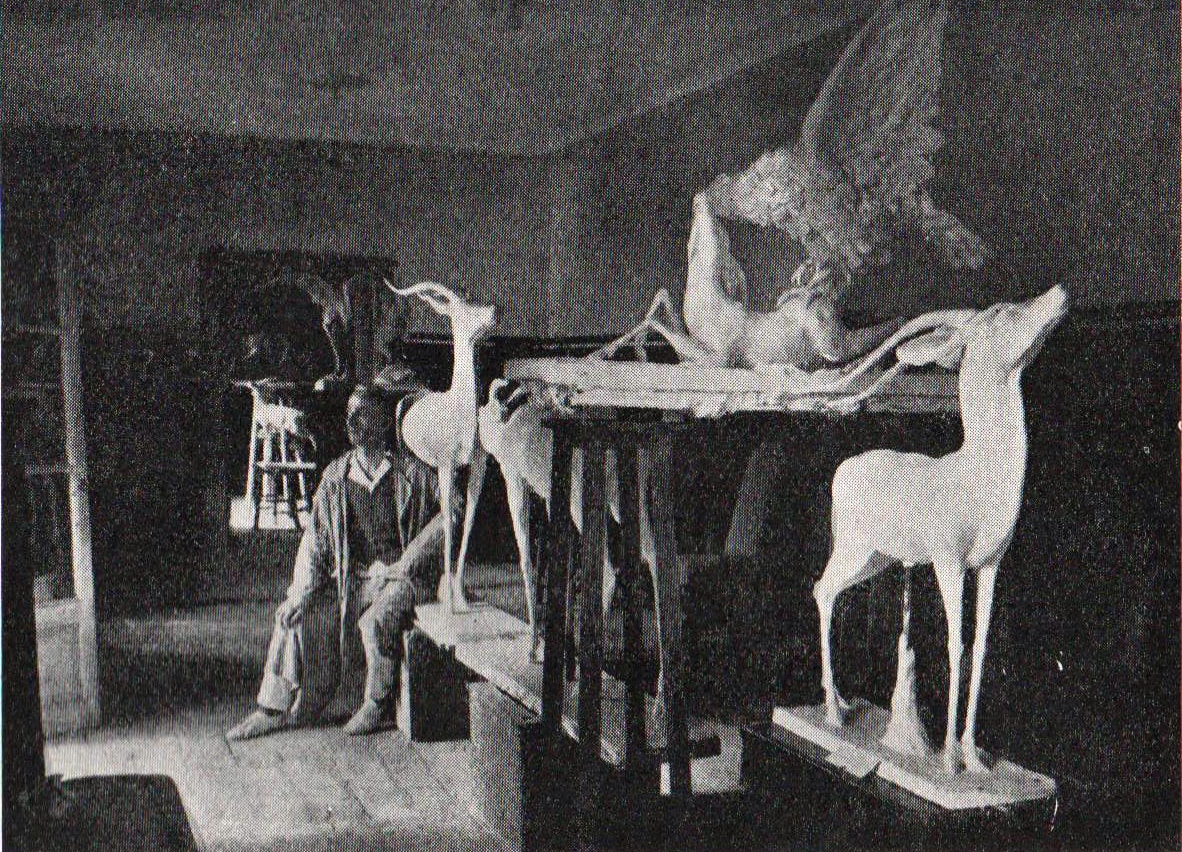
Guido RIGHETTI
Of bourgeois heritage, Guido Righetti was born on September 29, 1875 in Milan. Benefiting from a privileged childhood and a classically-influenced education, the young Righetti frequented intellectual and artistic circles at Casa Ricordi in Montenapoleone. There, he crossed paths with many painters, poets, and musicians. He initially took up animal illustration and regularly visited the Milan zoo and the natural history museum for direct observation. On return to his studio, at 14 via Manzoni, he reworked many of his initial sketches and incorporated his models into larger and more realistic compositions.
He was one of the most significant animaliers of the twentieth century, may have known his greatest success if it were not for the disastrous effects of war. Some of his works were destroyed during the bombing of Milan in 1943, while others were taken from museums in the name of bronze reclamation. The artist's later years were fraught with economic difficulties; he was no longer receiving commissions and was becoming too old to live independently in the countryside. Consequently, he was forced to leave the property in 1950 and return to war-devastated Milan. Like other aminaliers around the world, Righetti’s style was no longer in style, and his works ceased to attract patrons.
The artist passed away in 1958, in obscurity and without ceremony. Thanks to his surviving wife, however, many of Righetti’s models have been preserved and exhibited.
































